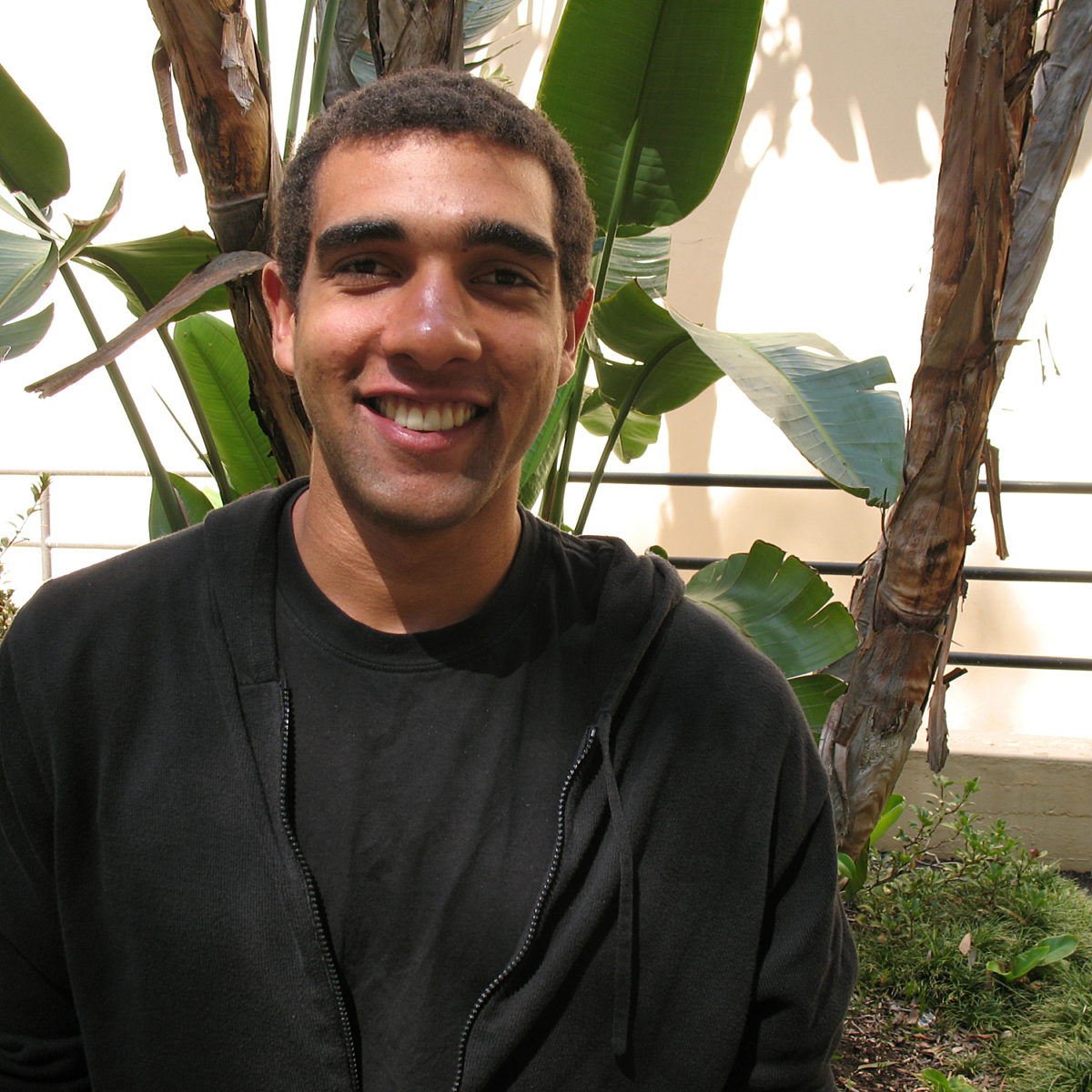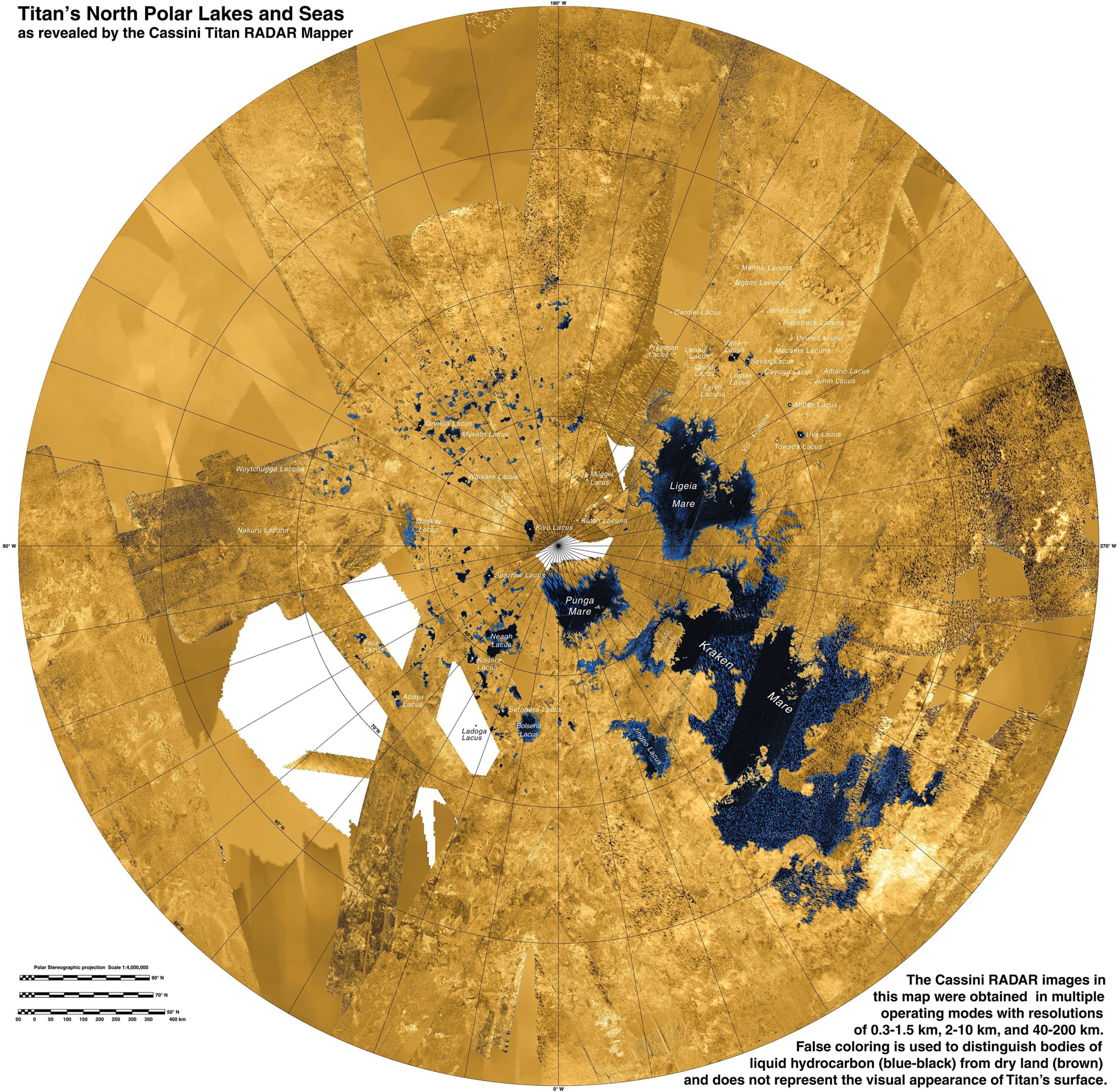Planetary Radio • Jan 17, 2018
It’s a Hard Rain on Titan
On This Episode

Sean Faulk
Gradute Student for UCLA Department of Earth, Planetary and Space Sciences

Jonathan Mitchell
Associate Professor of Planetary Science for UCLA Department of Earth, Planetary and Space Sciences and the Department of Atmospheric and Oceanic Sciences
A computer model based on our best data about Saturn’s cloud-shrouded moon says that torrential liquid methane pounds the surface far more frequently than previously expected. Sean Faulk and Jonathan Mitchell of UCLA explain. The Planetary Society’s Jason Davis takes us to another ocean world that will receive a visitor in the mid-2020s. A total lunar eclipse arrives on the last day of January. Bruce Betts helps us prepare in this week’s What’s Up.

Related Links:
- Intense storms batter Saturn’s largest moon, UCLA scientists report
- Paper: Regional patterns of extreme precipitation on Titan consistent with observed alluvial fan distribution
- No plumes? No problem. How Europa Clipper will analyze an icy moon's ocean
- January 2018 Total Lunar Eclipse
- Chop Shop Planetary Society Store
This week's prizes are a Planetary Society t-shirt and a 200-point iTelescope.net astronomy account.
This week's question:
What was the first in space docking of two robotic (unmanned) spacecraft?
To submit your answer:
Complete the contest entry form at http://planetary.org/radiocontest or write to us at [email protected] no later than Wednesday, January 24th at 8am Pacific Time. Be sure to include your name and mailing address.
Last week's question:
As measured by surface area, what is the largest known body of liquid on Saturn’s moon Titan?
Answer:
The answer will be revealed next week.
Question from the week before:
Who chose the names of the Galilean moons of Jupiter?
Answer:
The Galilean moons of Jupiter were named by German astronomer, mathematician and medical doctor Simon Marius, from a suggestion by Johannes Kepler.


 Explore Worlds
Explore Worlds Find Life
Find Life Defend Earth
Defend Earth


